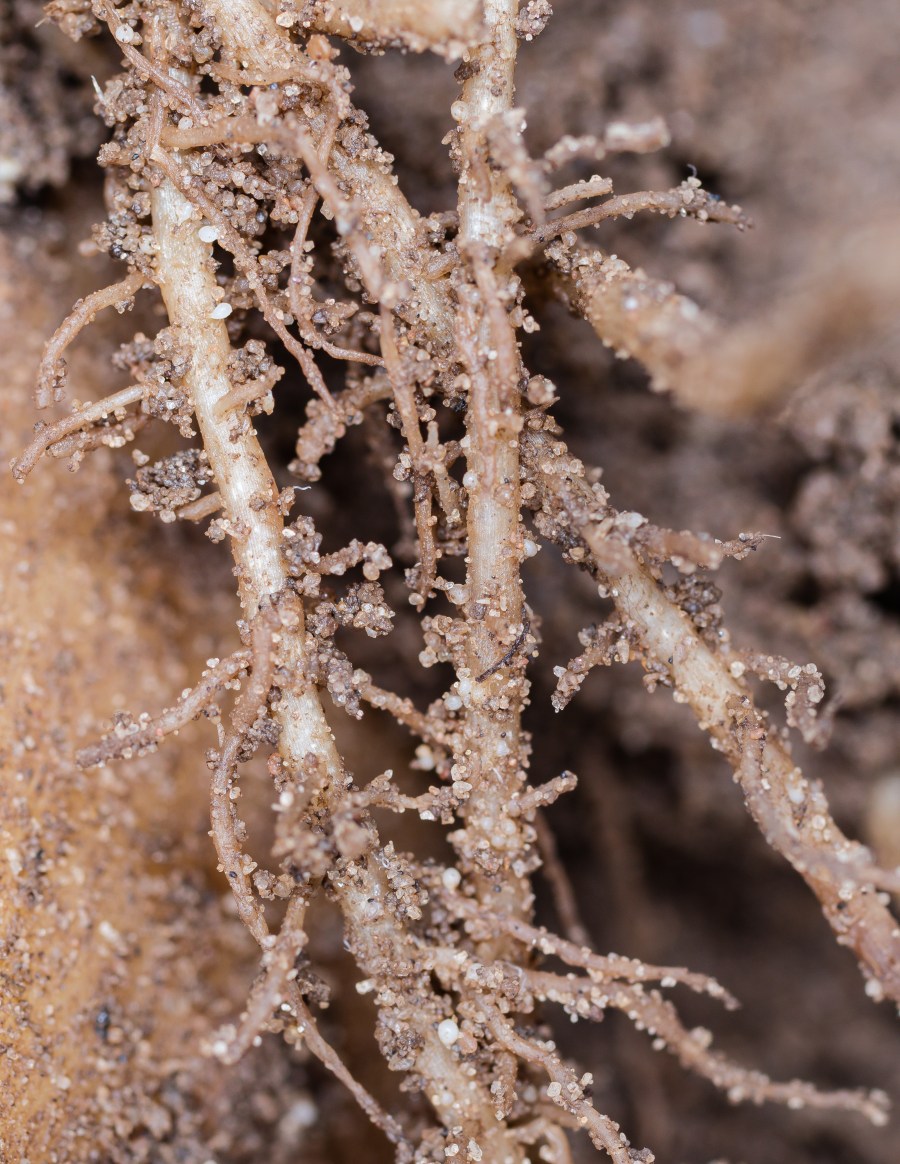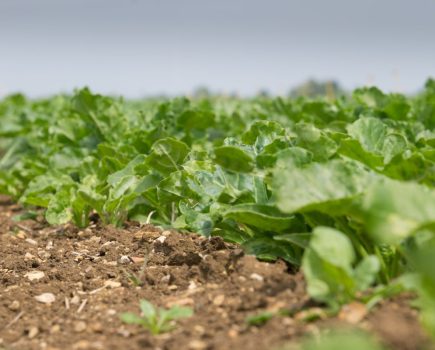Just because many in the potato sector are deeply knowledgeable about PCN and the catastrophic damage the microscopic pest can cause, it seems others could be lacking the basics regarding its control and management. CPM finds out why experts are urging the wider industry to pay attention.
“If we ignore PCN, in 40 years there’ll be no clear land left to grow seed potatoes in Scotland.” GRAHAM BANNISTER
By Janine Adamson
As more farmers continue to exit potatoes, leaving just specialist growers and committed individuals to produce the UK’s crop, experts fear the wider industry is turning a blind eye to a problem which in just 40 years, could wipe out most seed potato production in Scotland.
The issue being potato cyst nematode – PCN. While it’s assumed anyone who’s paid a vague interest in the root crop sector should have a basic awareness of nematodes, GB Potatoes’ Graham Bannister believes in reality, it’s a very different picture.
“GB Potatoes recently partnered with CUPGRA and Harper Adams University to update AHDB’s PCN technical guides which had been identified as out of date (see box). During this process it soon became apparent that the pest still isn’t at the forefront of growers’ minds, despite its significance. But the problem isn’t going away, far from it,” he stresses.
“If we ignore PCN, in 40 years there’ll be no clear land left to grow seed potatoes in Scotland – it’s that serious. We are sleep walking into a potential catastrophe.”
Graham believes that those who aren’t directly engaged with PCN don’t necessarily understand how critical it is and what it means to UK agriculture. Whether that’s tractor drivers, contractors, agronomists or even farmers themselves, he wants more individuals to gain basic knowledge in order to combat this pernicious pest.
He also hopes that those who do know, not only ensure their knowledge is up to date and accurate, but will also encourage ‘non-believers’ to get on board. To help address this void in understanding, GB Potatoes and CUPGRA have recently issued a one-page PCN factsheet based on the now updated technical guide.
“With the full technical guide only available to members of either GB Potatoes or CUPGRA, we were conscious that the wider industry – all involved – have to understand the essential points of PCN and its management and control,” continues Graham.
“We don’t wish to scaremonger, but hope that by producing an easy to print document, the gravity of the situation will become clear.”
But why should more people pay attention to PCN? A simple answer – because so much of the UK’s potato area is grown on rented land, highlights Graham. “So when that field is returned to cereals and the landlord or contractor cultivates as required, are they fully aware of the PCN risk and the potential of spreading the pest to other areas?
“If we take a problem like ryegrass or blackgrass in cereal crops – all involved understand machinery hygiene is of paramount importance. Can we say we’re taking that same diligent approach to PCN?” he queries.
Graham wants improved communication between tenants, landlords and contractors, whereby if a tenant is aware of PCN populations, this is reported accordingly and vice versa.
He also believes in some ways, there could be an assumed understanding from experts within the potato sector. “I think it’s sage to remember that just because you know, doesn’t mean your neighbour does, or a colleague. That itself isn’t an issue, it’s what we do next – we must work together to get the message out.”
Harper Adams University’s Dr Matthew Back co-authored the new technical guide and is a respected expert in nematology. He says the industry is entering a new era with PCN, as the limited pool of nematicides continues to decline but promising developments with varietal resistance, crop rotation strategies and garlic-based products are beginning to emerge.
“In the new guide we wanted to capture and summarise new research on PCN and present simple guidelines on using crop protection approaches optimally. It replaces three separate guides that were issued by the AHDB around seven years ago, making it easier for growers to access the information in one place,” he explains.
As explored in the new guide, Matt highlights that the industry has learned PCN can only be managed through integrated practices which occur within the crop and throughout the rotation.
But for him, a critical aspect in achieving effective management and thus control, is variety choice. “Growing susceptible potato varieties on land with low PCN populations – below 10 eggs/g soil – can result in vast increases of the pest – up to 100 fold,” he stresses.
Potato grower and CPM columnist, Andrew Wilson, agrees and adds that the greatest hurdle is arguably variety familiarity with the public. “Everyone’s heard of Maris Piper or King Edward, but they’re old varieties and some of the worst for PCN multiplication.
“There are good alternative options now available which are much more tolerant to PCN and simpler from an agronomic perspective, but they just aren’t recognised by the public. We require another ‘Delia Smith’ moment – she once stated that Maris Piper make the best roast potatoes, sales then rocketed.”
Andrew also believes that both PCN tolerance and resistance information should be more readily available to growers at the point of variety selection. “Often, tolerance to PCN isn’t mentioned by breeders unless it’s a strength of a variety, but this is critical information in order to make balanced decisions and can make a significant difference in the field.”
And as well as exercising good machinery hygiene, he stresses the importance of field hygiene too. “Potato volunteers multiply PCN populations yet are often an easy thing to solve, particularly when wheat is the following crop in the rotation. But where does that responsibility lie?
“This is why it’s critical that non-potato growers have a basic understanding about not just PCN, but all nematode species,” he concludes.
This article was taken from the latest issue of CPM. Read the article in full here.
For more articles like this, subscribe here.
Sign up for Crop Production Magazine’s FREE e-newsletter here.




